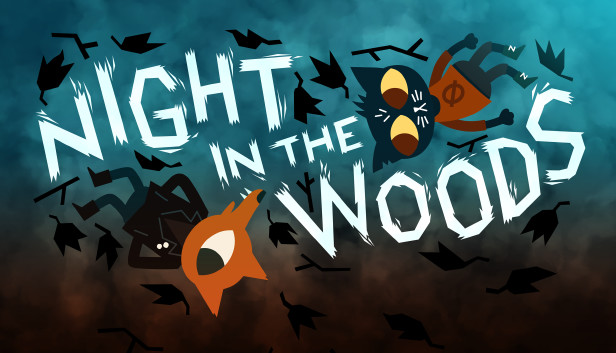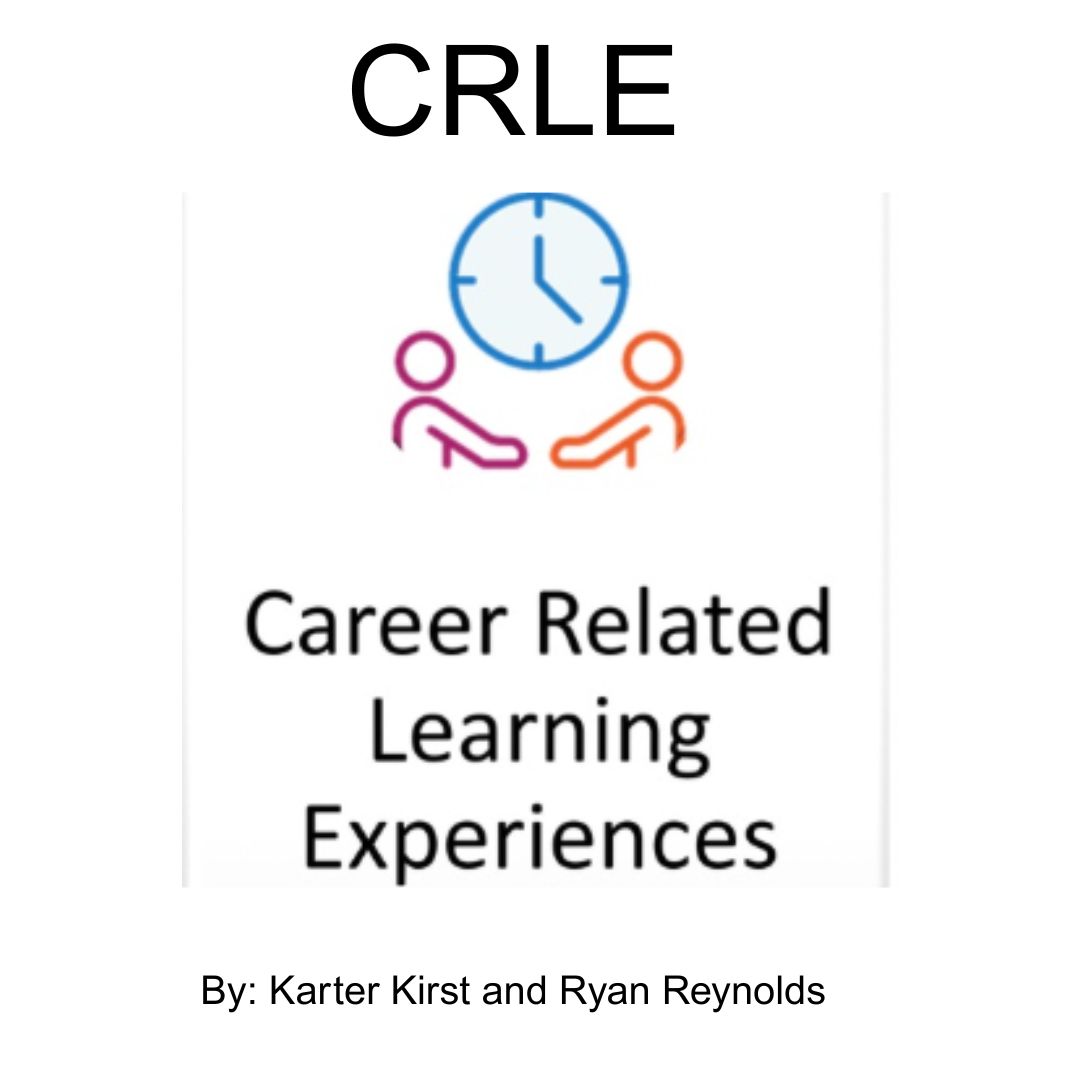Review: Night in the Woods
April 22, 2021
“At the End of Everything, hold onto anything,” is the marketing and thematic tagline of 2017’s indie darling “Night in the Woods.” Developed by co-operative Infinite Fall, this video game uses its rudimentary gameplay systems, of running, jumping and pressing through dialogues, to present a multi-layered, endearing story that excels among it’s Indie peers.
Over the years, Campo Santos “Firewatch” and Fullbright’s revolutionary “Gone Home” presented increasingly complex, strong takes on the notorious “Walking Simulator” genre of game, but where they falter, “Night in the Woods” exceeds.
“Games can be art!” “Firewatch” chants and hollers a big show- but ends not nearly as impactful as it begins. “Night in the Woods” achieves the opposite, focusing on central themes rather than spectacle. Pursuing messages of economic alienation, nostalgia, religion, and the constantly appearing yet useless advice of “living in the moment.”
But it approaches these grandiose subjects with a great deal of grace. With the gameplay being composed of character dialogues, it lives in subtext, never talking to the player but being shrouded by the great cast of characters and encounters with townsfolk. Reading the hopes and dreams of characters more human than their animal appearances.
And many of these encounters, set in Possum Springs – an undescriptive town of midwestern America, are based on the known people, experiences and struggles of writers Scott Benson and Bethany Hockenberry.
And with real sources, it grounds the story; the authors’ commentary can easily be missed by someone not looking for them. Admittedly, it’s much easier to find boredom with the uninspired mechanics, or frustration with the immature personality of the cat protagonist, Mae, than to develop an idea of the author’s intentions.
Moment to moment, much of the game involves just running and exploring, unlocking side content and B plots, but a slow running speed and unchallenging platforming makes this become more and more of a chore as the game goes on.
But it’s the great little moments that string along the game to its finish – talking with Mae’s mom everyday before you leave, or exploring the constellations with Mr. Chazokov. It becomes increasingly clear that gameplay was never intended as a focus. While the game lacks massive set pieces or repeatable gameplay like 2017’s AAA releases “Call of Duty: WW2” or “Destiny 2.” The 7-8 hour runtime presents enough time for the characters and story to prosper – but it’s not a bregruding task to get to the end.
For what it is, I’m happy with the time I’ve spent with the game, as an emotional and pondering journey between friends. To stick through some of the gameplay’s flaws, and focus on the story that shines through, will not be a disappointing experience.




